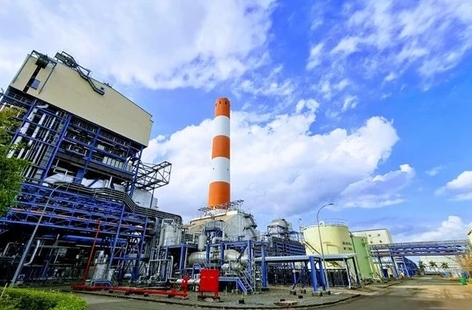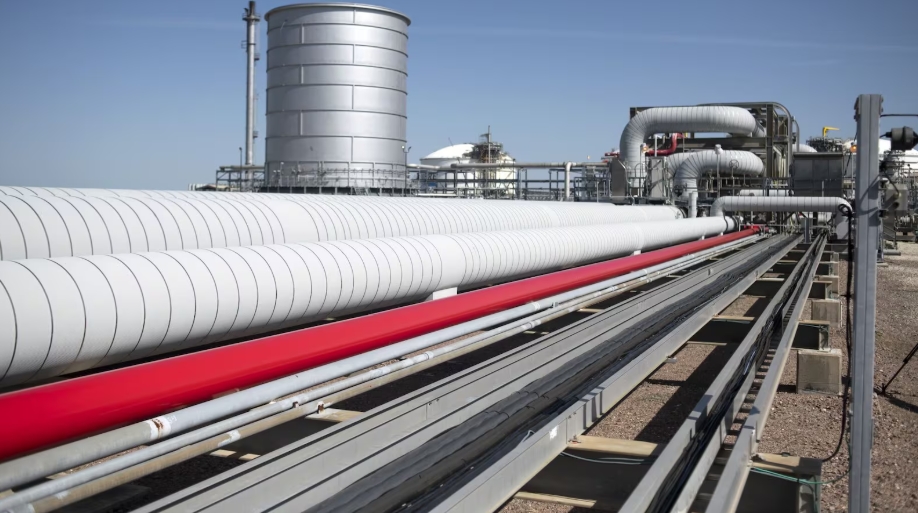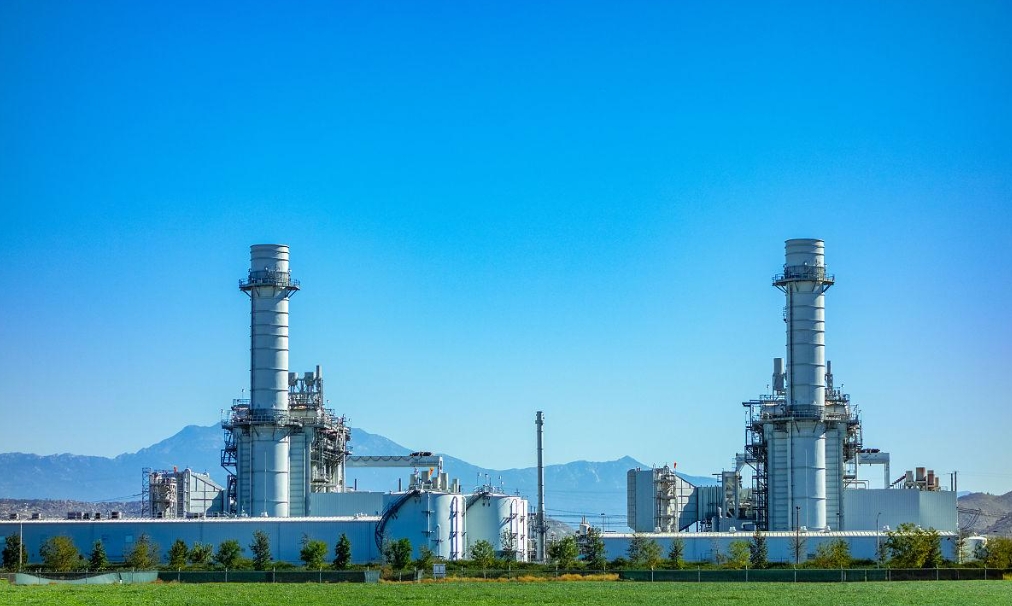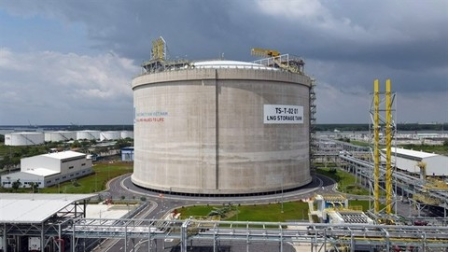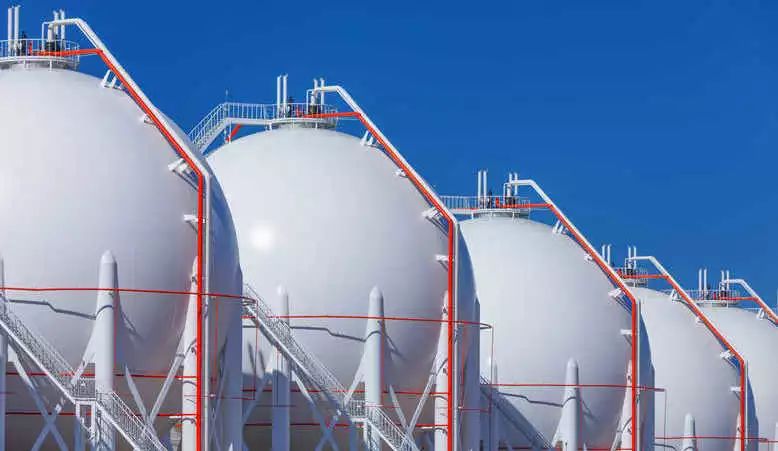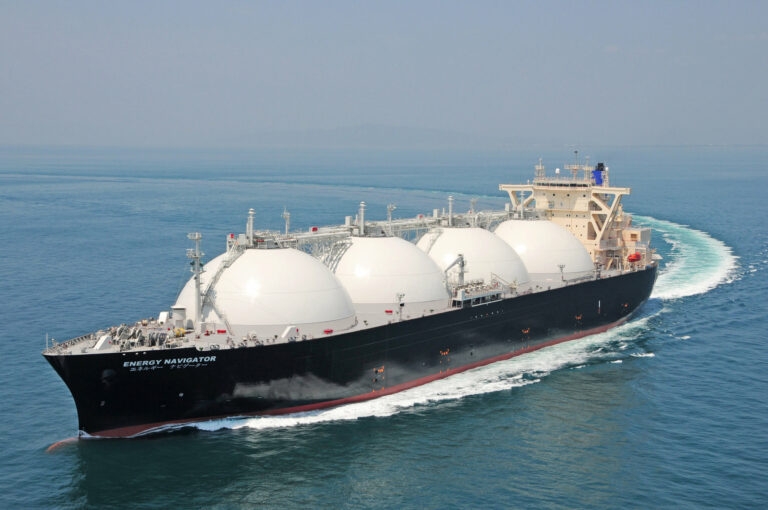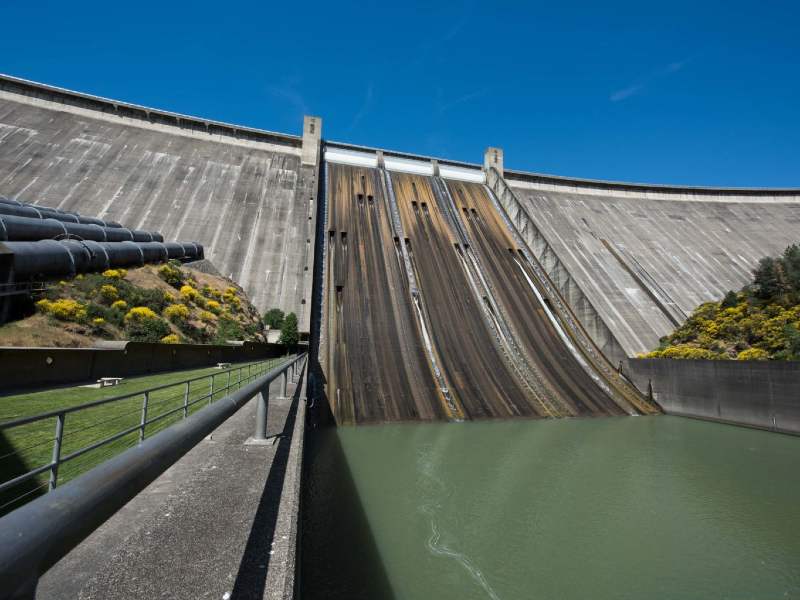 Shasta Dam is a curved gravity concrete dam on the Sacramento River above Redding, Calif.
Shasta Dam is a curved gravity concrete dam on the Sacramento River above Redding, Calif.
The historic drought that affected much of the western U.S. in 2021 had varying effects depending on region, with the overall result being reduced water supply and thus lower hydropower generation in the Pacific Northwest and California.
The U.S. Energy Information Administration said that electricity generation at California’s hydropower plants was 48% below the 10-year average (2011–2020). In the Pacific Northwest (Washington, Oregon, Montana and Idaho), hydropower generation was 14% below the 10-year average.
Shasta Lake and Oroville Lake, the two largest reservoirs in California, supply water to two of the state’s hydropower plants. Hydroelectric generation at the 633 MW Shasta power plant, the largest hydroelectric facility in the state, was 46% lower in 2021 compared with the 10-year average.
Lake Oroville, the second-largest reservoir in California, fell to record low levels in the summer of 2021, leading the adjacent 645 MW Edward Hyatt hydropower plant to go offline for the first time. Electricity generation from Edward Hyatt in 2021 was 81% lower than the 10-year average.
In the Pacific Northwest, electricity generation at the Columbia River’s 6,809 MW Grand Coulee power plant, the largest hydroelectric facility in the U.S., was 12% below the 10-year average. Electricity generation at the 1,780 MW The Dalles hydropower plant, also on the Columbia River, was 14% lower in 2021 compared with its 10-year average.
The western U.S. tends to be more susceptible to drought than the eastern U.S. because western precipitation is highly seasonal. Air masses coming from the Pacific Ocean carry moisture that falls as rain and snow on the western slopes of the Sierra Nevada range in California and in the Cascade Range in the Pacific Northwest. Rain and snowfall that accumulate during the winter and early spring months affect the region’s water supply.
Snowpack in California’s Sierra Nevada mountain range on April 1, 2021, was 41% below normal at the time of year when the snowpack holds the greatest amount of water. In contrast, snowpack levels in the Pacific Northwest last year were close to normal, according to the Northwestern River Forecast Center. Extreme temperatures and heat waves also affected drought conditions in the western U.S. in 2021.

